Physics Lab Report: Determining Wire Resistivity Using Ohm's Law
VerifiedAdded on 2023/01/19
|9
|1039
|79
Practical Assignment
AI Summary
This physics lab report details an experiment to determine the resistivity of a wire using Ohm's Law. The introduction provides a theoretical background on resistivity and its relationship to resistance, length, and cross-sectional area of a conductor. The aims of the experiment were to differentiate between resistivity and resistance, examine how resistance varies with length while keeping the area constant, and calculate the resistivity of the conductor. The methodology involved using an online simulator to record current values at different lengths of the wire while keeping the voltage constant. Resistance was then calculated using Ohm's Law, and a graph of resistance against length was plotted. The results section presents the collected data and calculations, while the discussion analyzes the linear relationship between resistance and length, the gradient of the graph, and potential sources of error, such as parallax error in the simulator. The experiment concluded that the resistivity of the conductor was 3.375 Ωm, and that resistance varies linearly with length. The report includes references to relevant physics literature.
1 out of 9
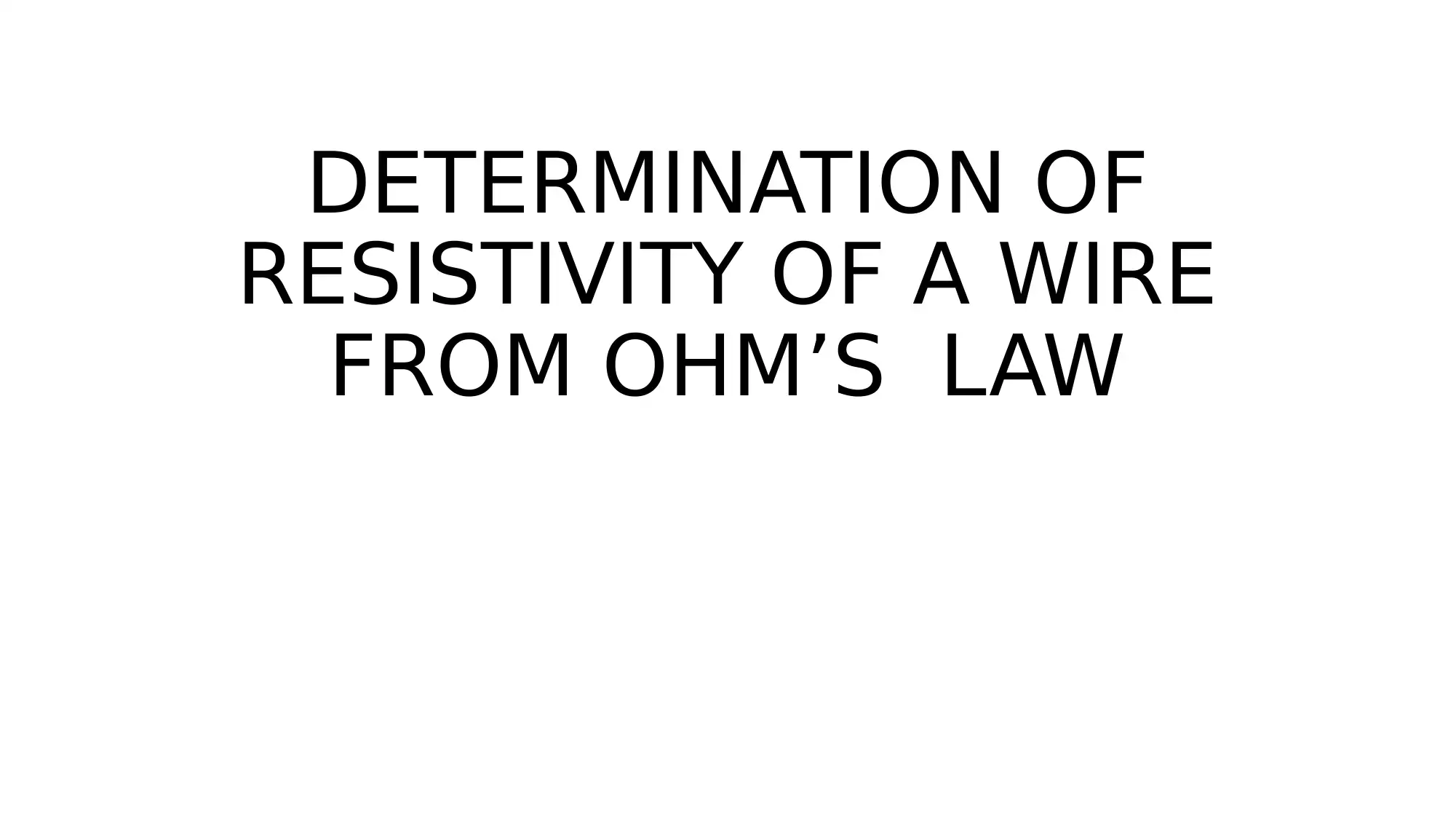
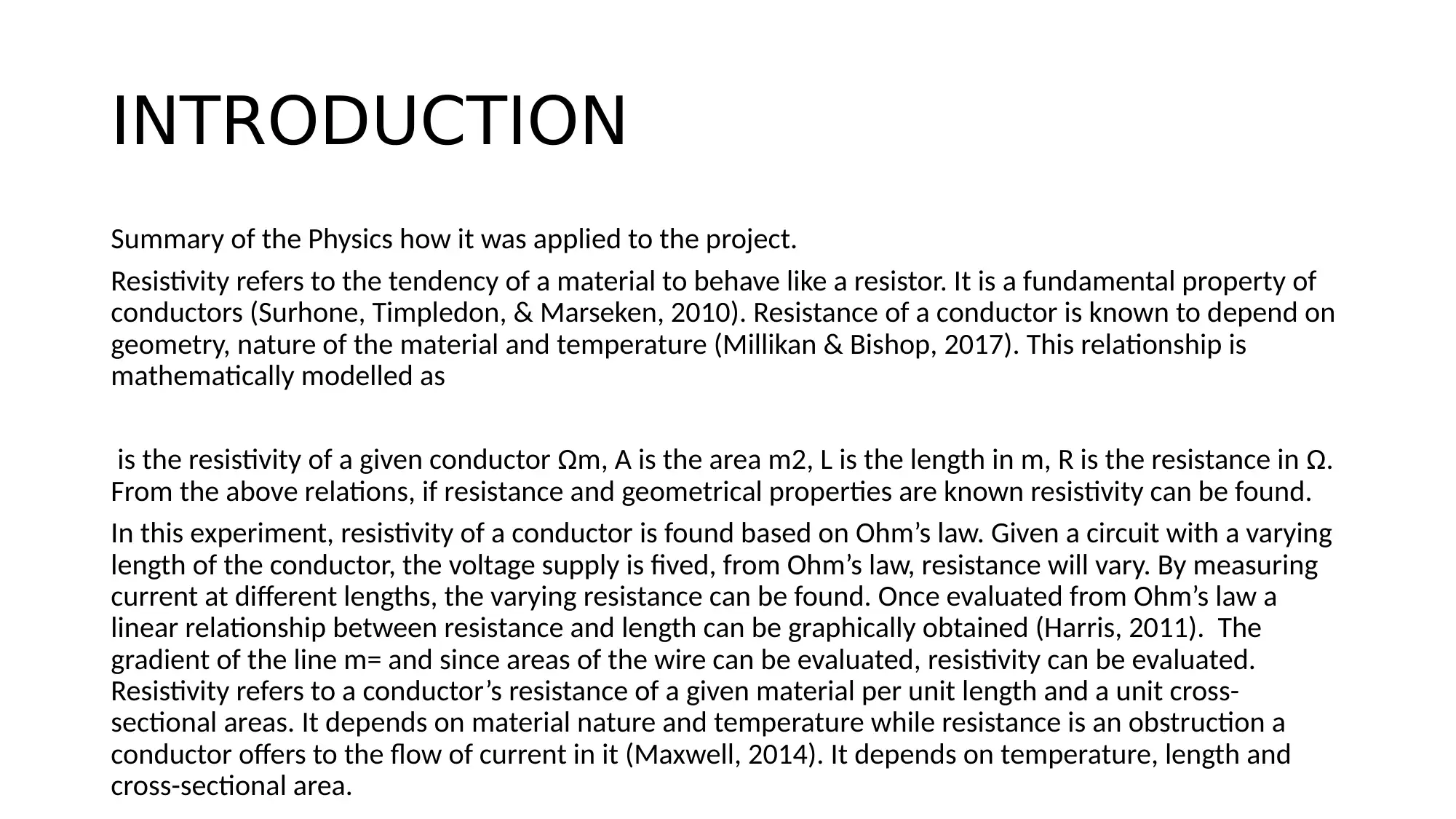
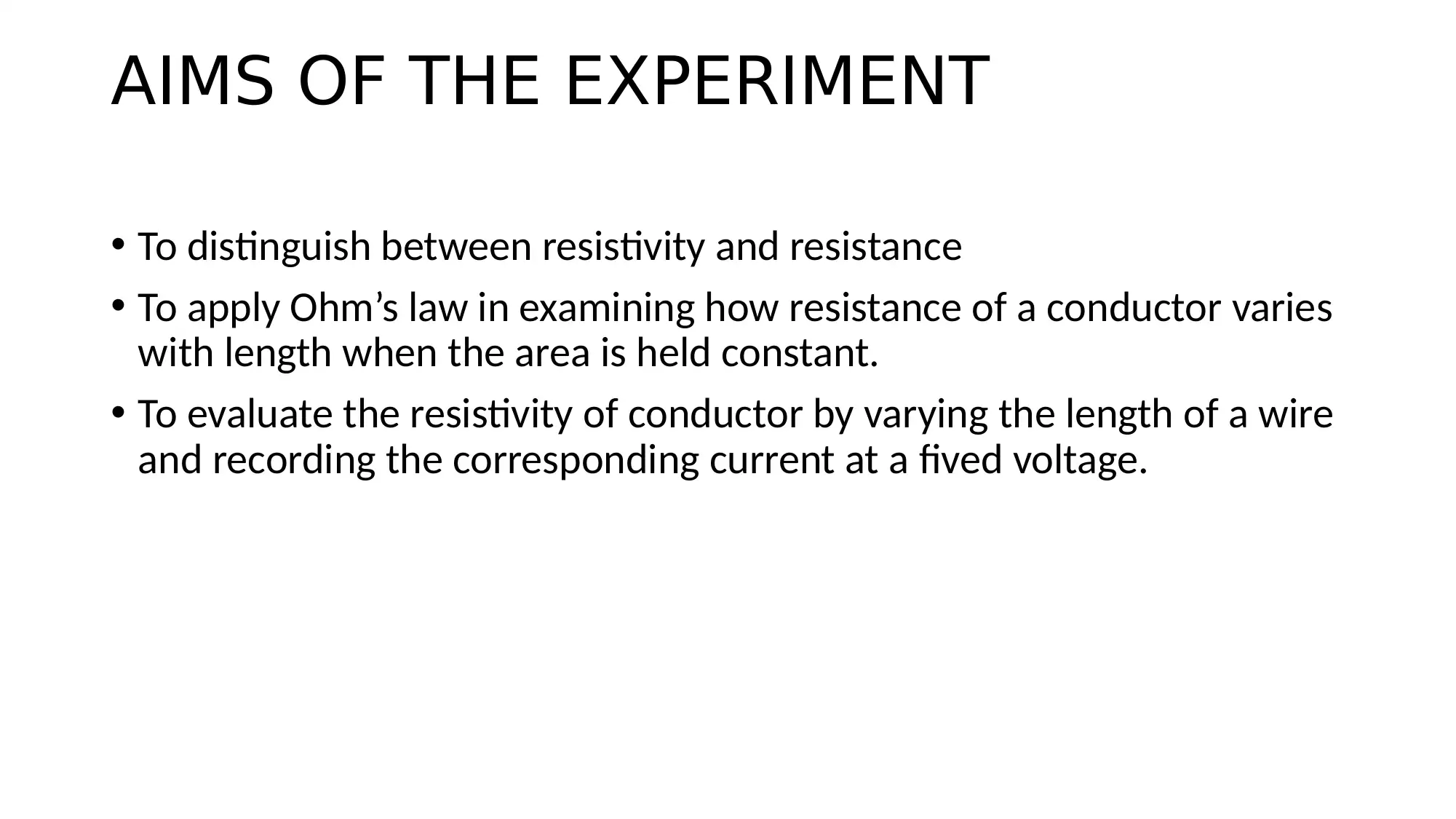

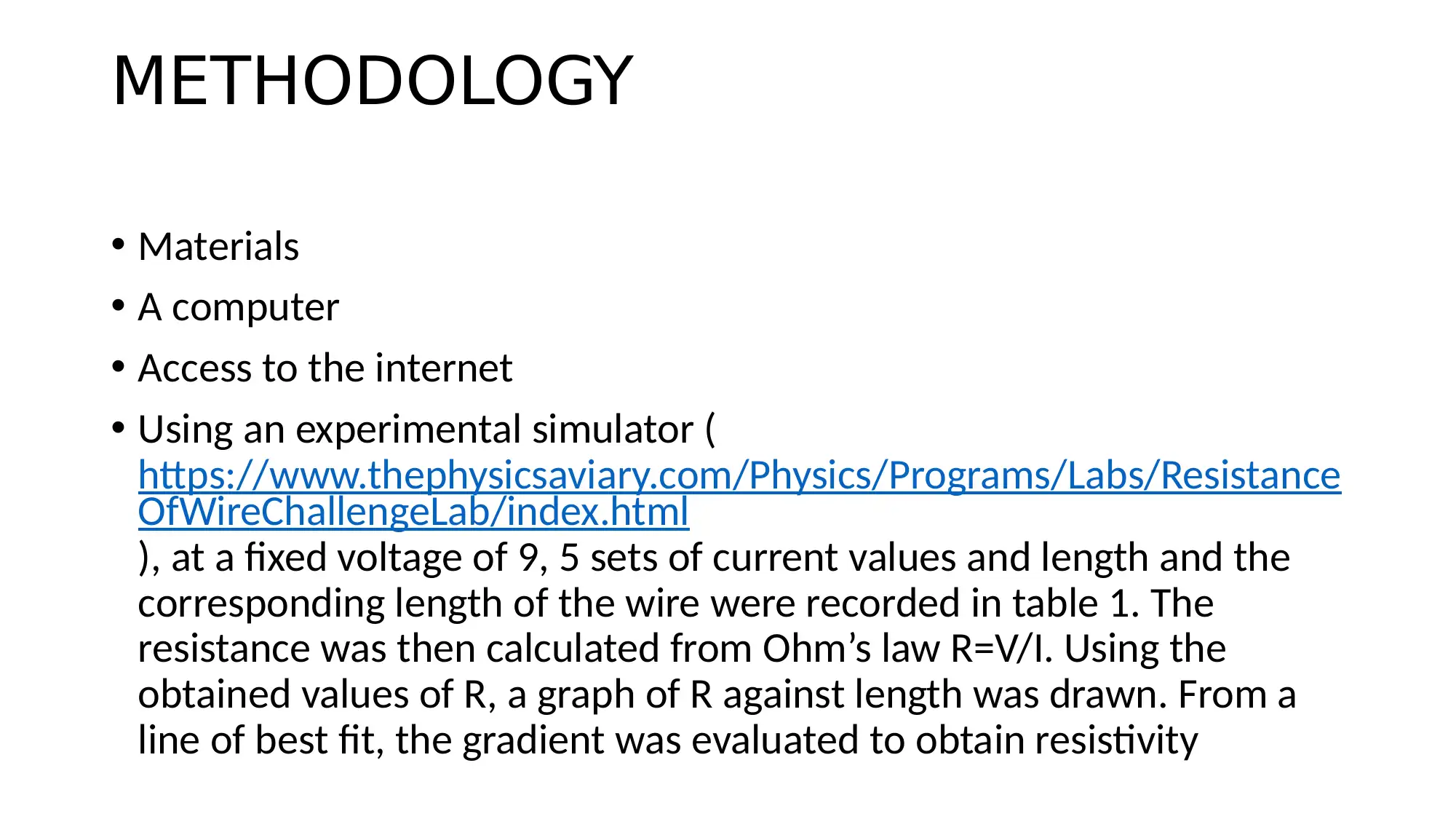
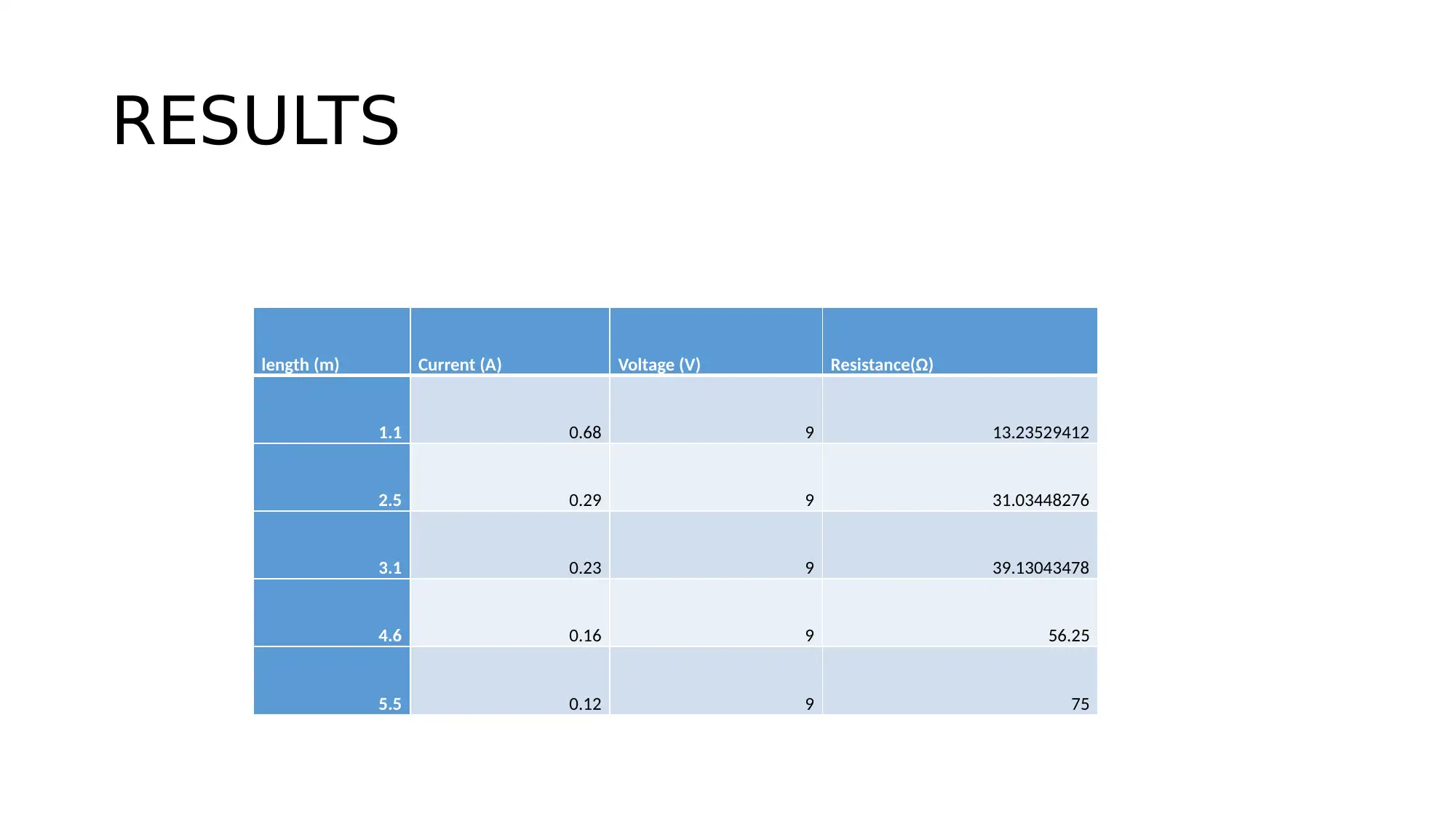
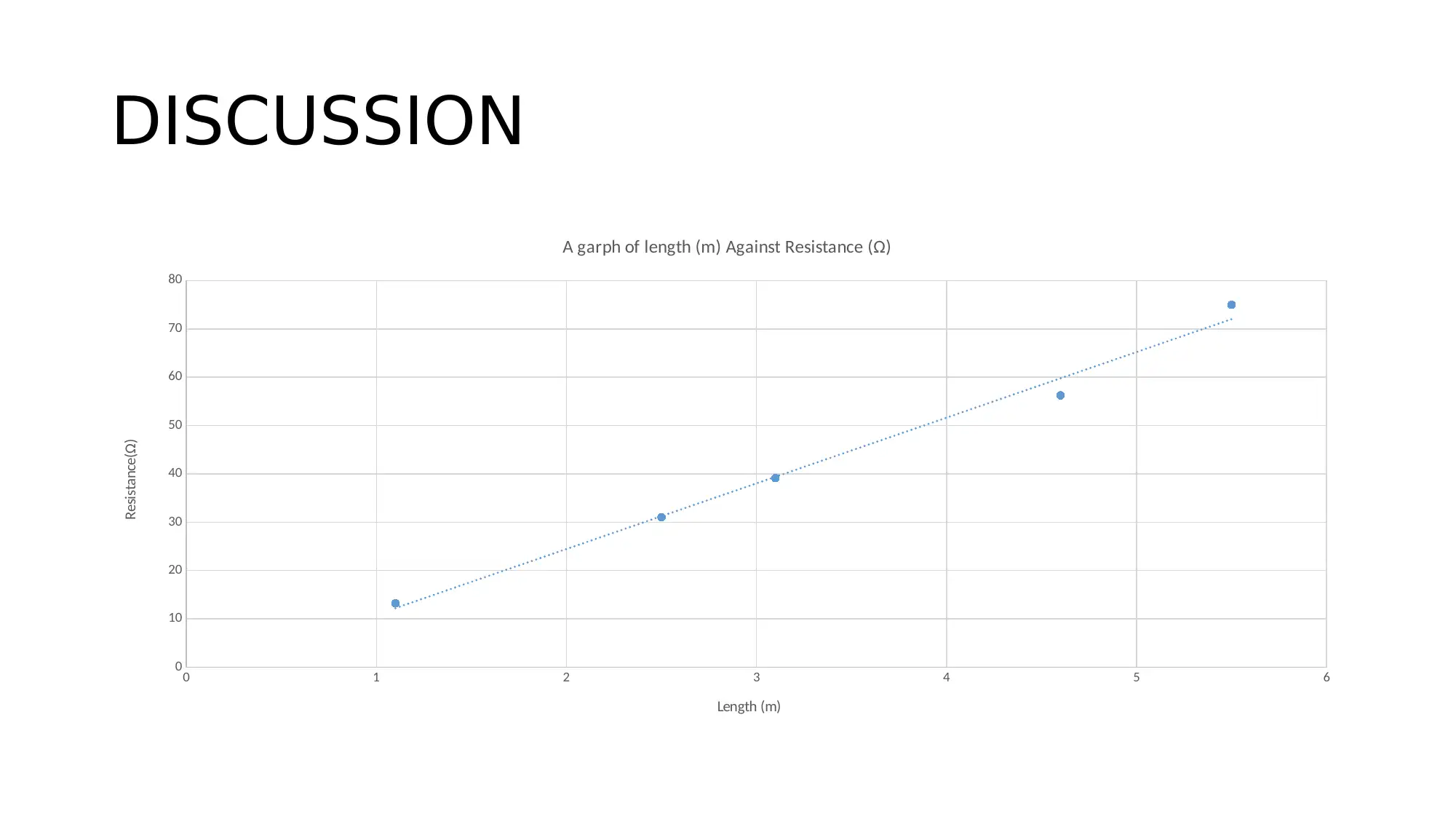
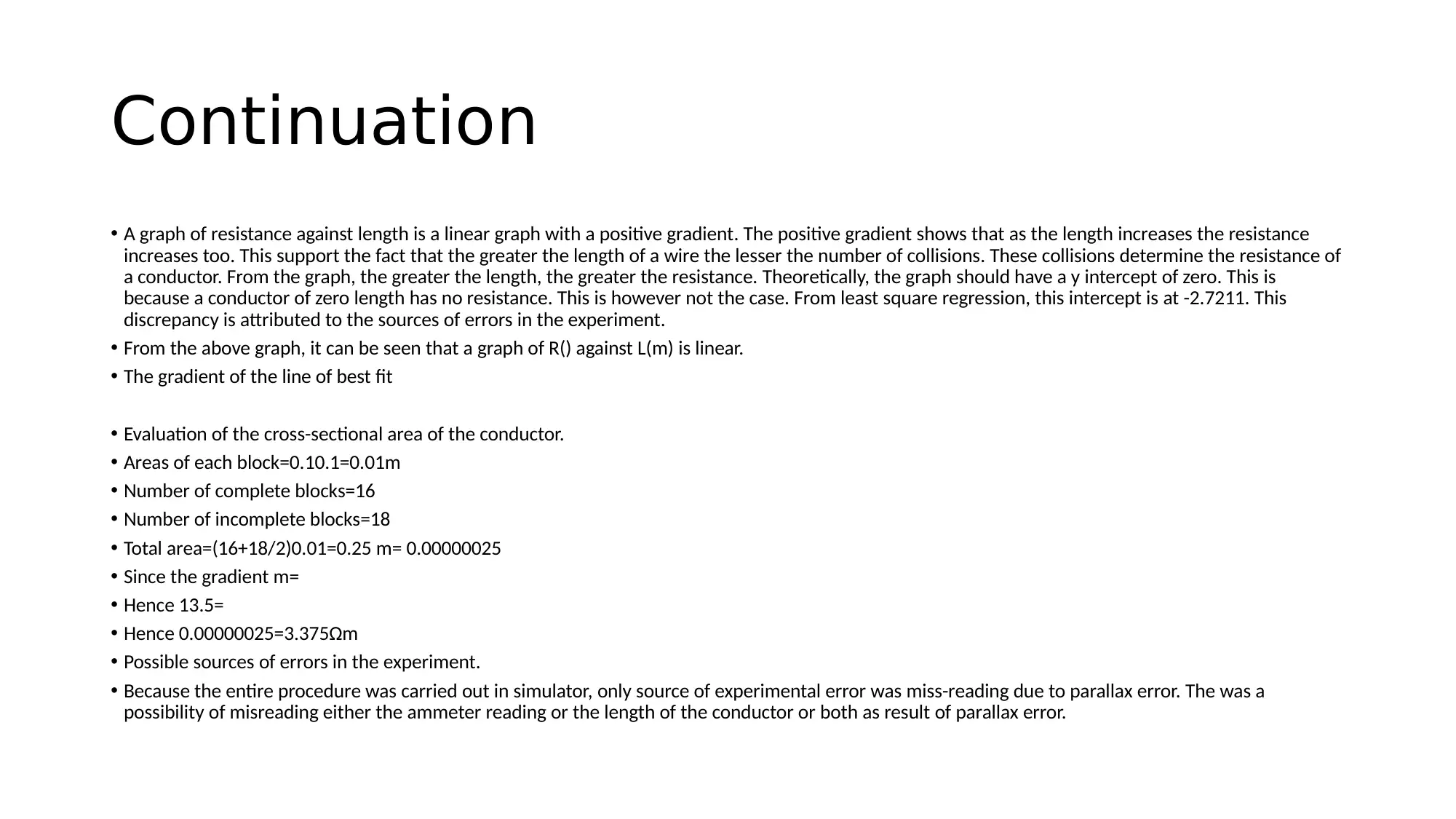
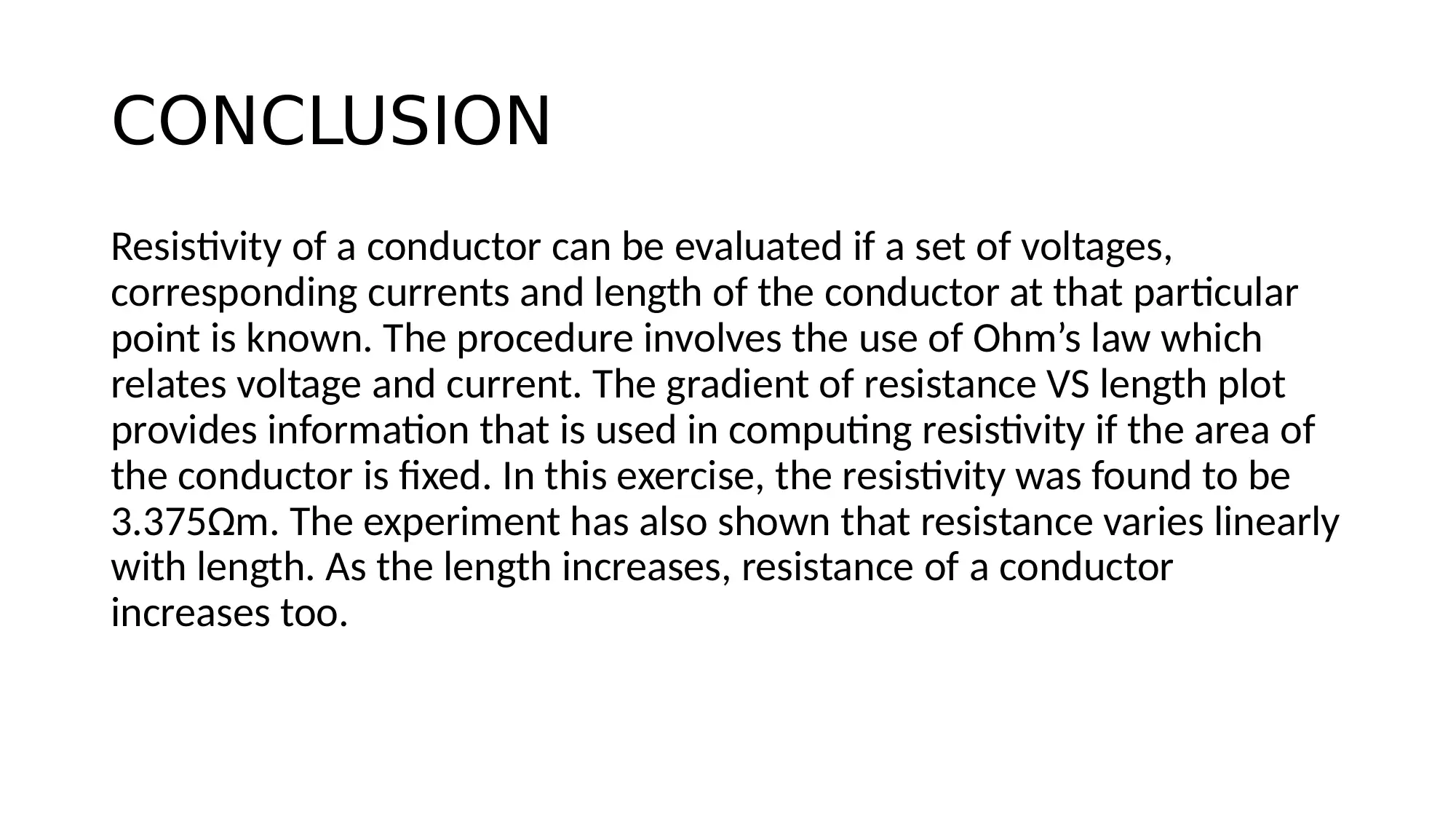
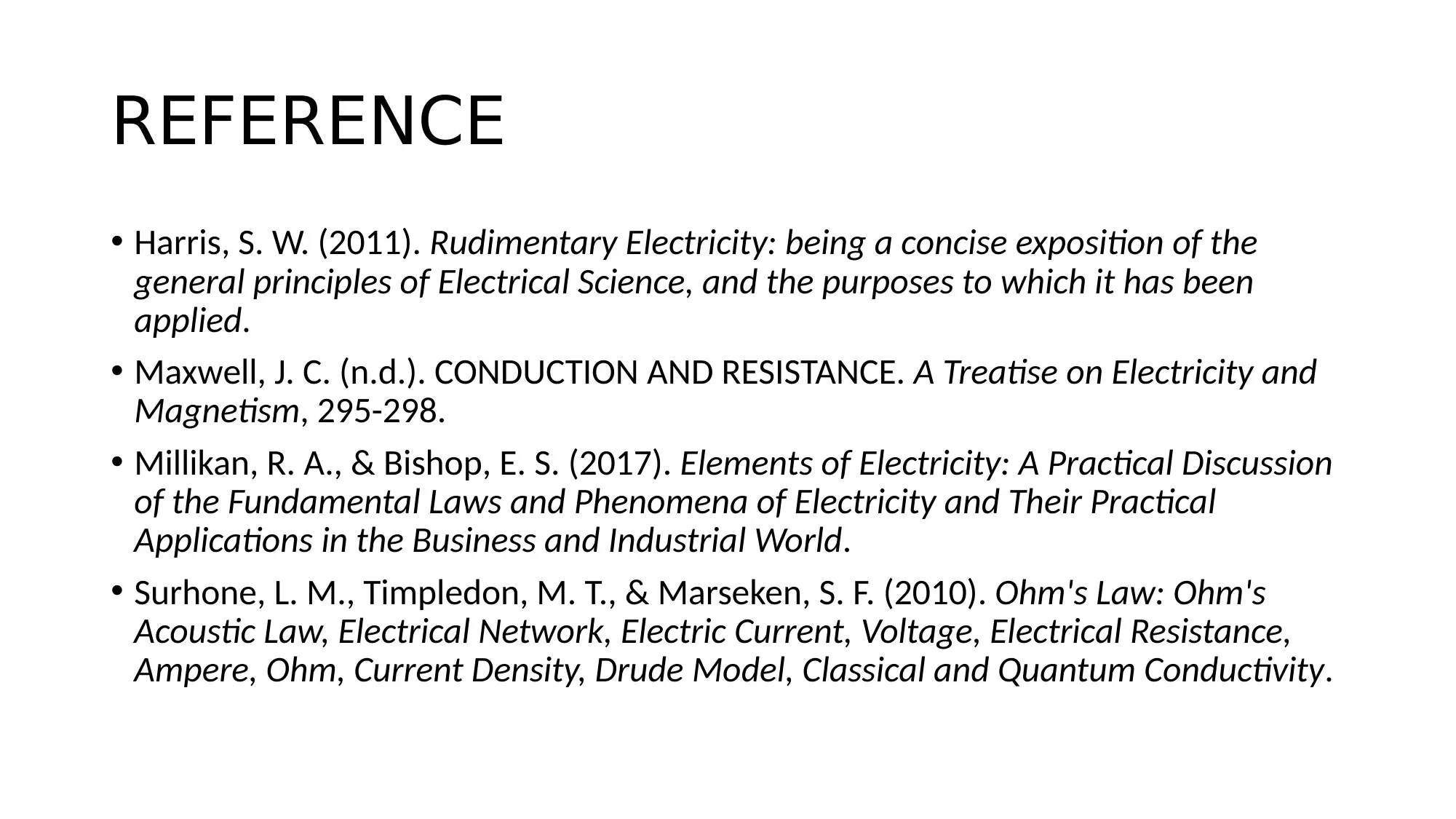


![[object Object]](/_next/static/media/star-bottom.7253800d.svg)